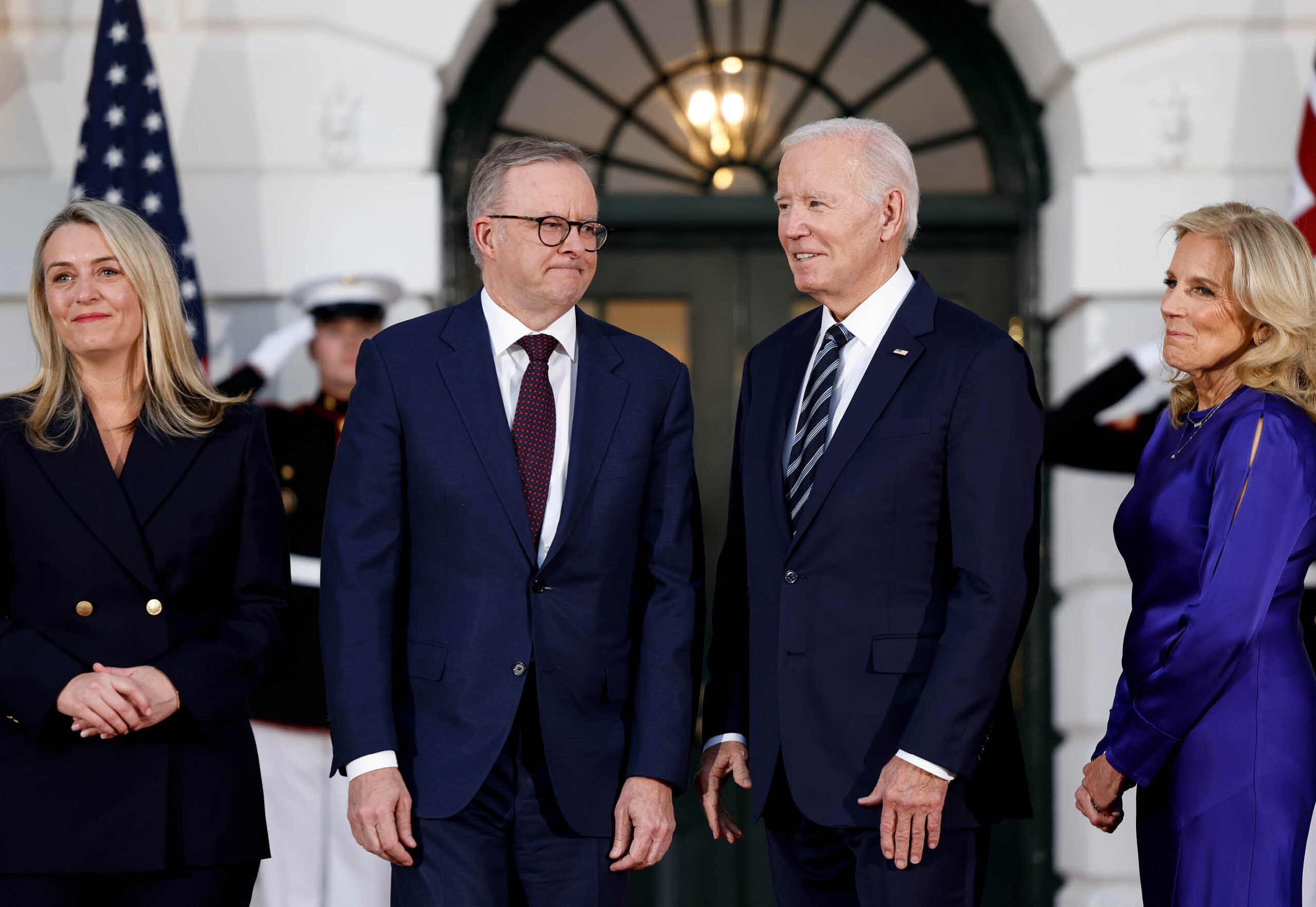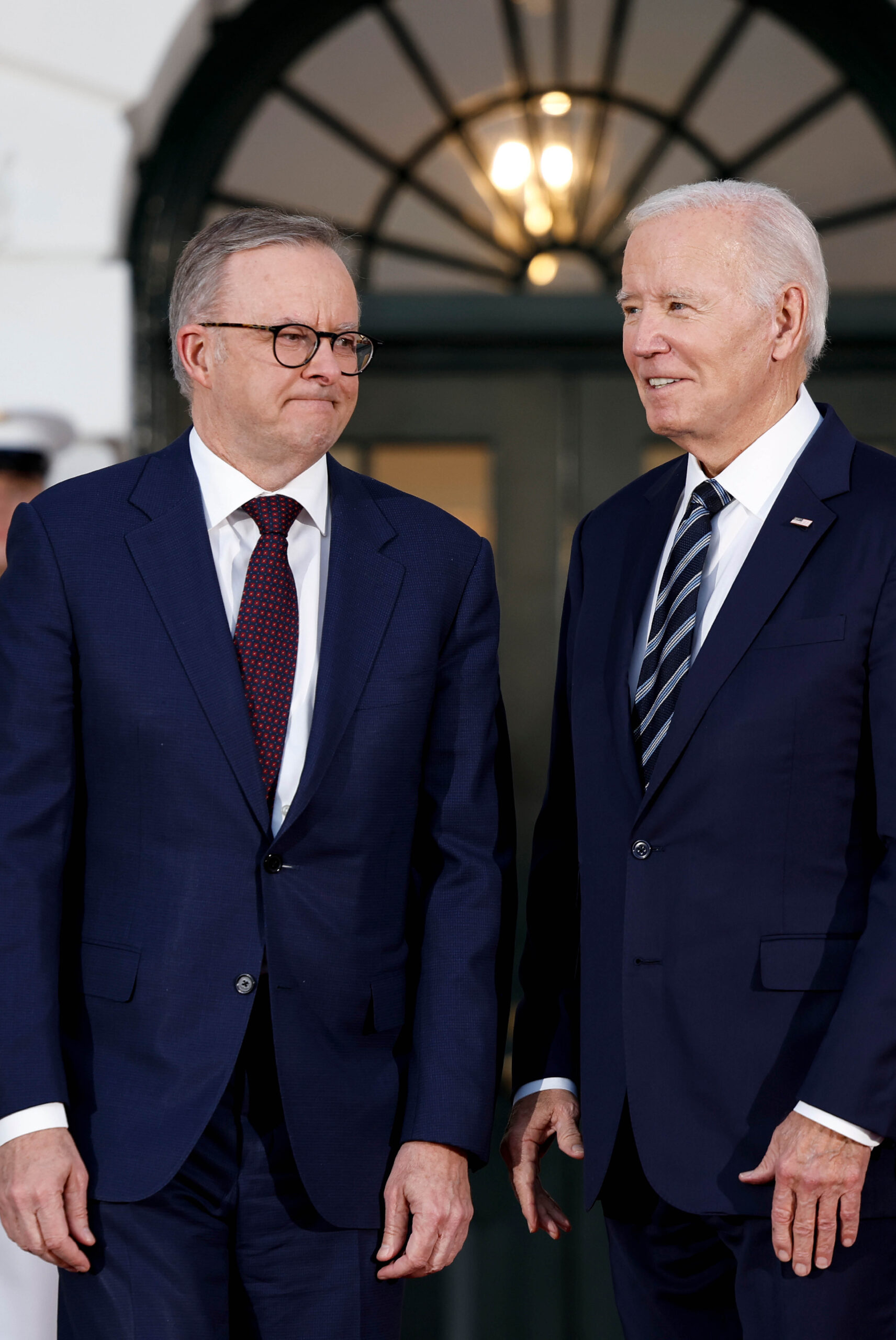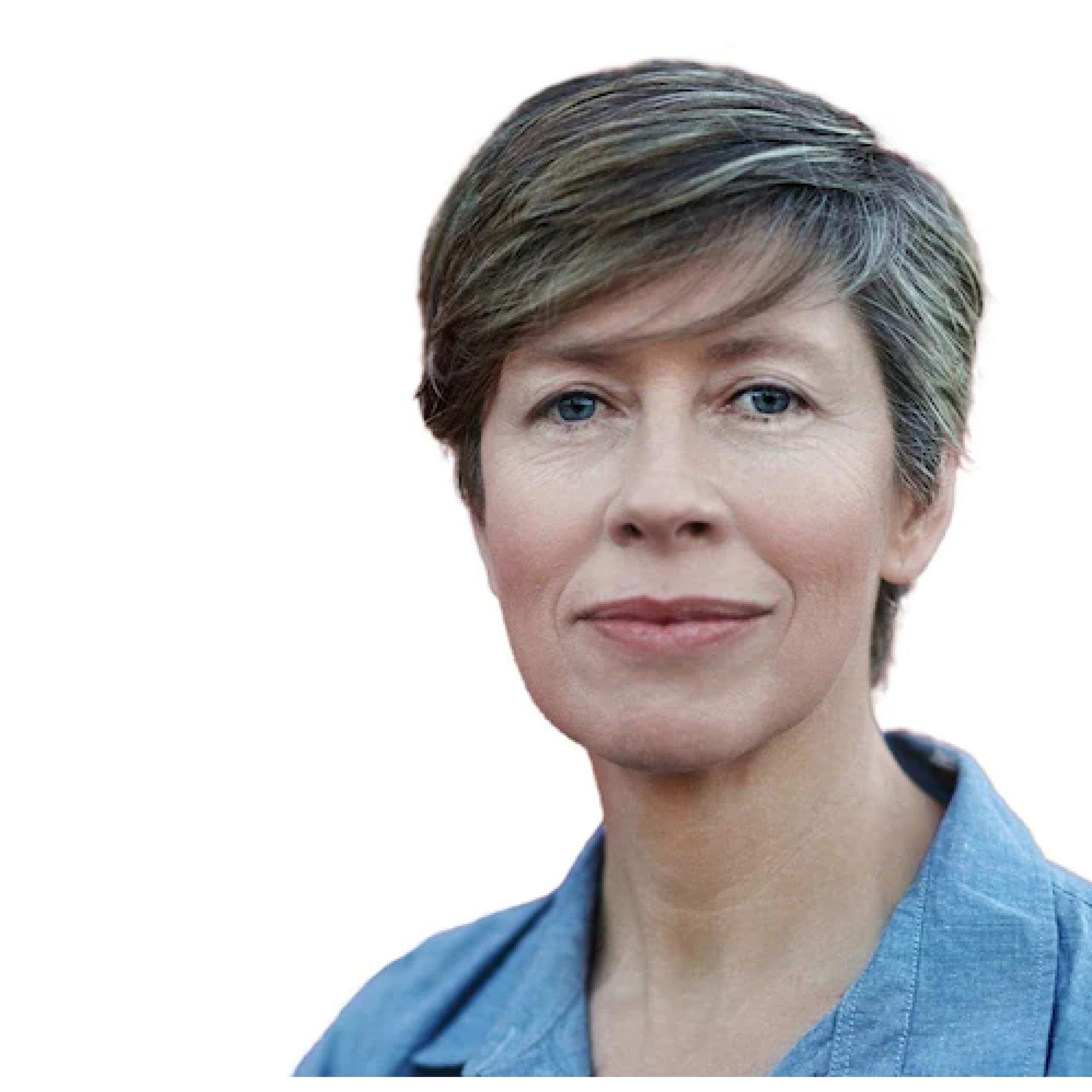This week marked 30 days since the Hamas terror attack. Thirty days since 1300 Israelis were killed and another 250 taken hostage. Thirty days since Israel’s air force began raining down bombs on what they say are Hamas targets in Gaza.
Since then, thousands of Palestinians have been killed. The exact death toll is disputed – and difficult to confirm, given that Israel refuses to allow foreign journalists into Gaza, except when accompanying the IDF to witness its operations. However, the Pentagon has acknowledged that the numbers are in the thousands, and this week UN Secretary General Antonio Guterres chillingly described Gaza as becoming a ‘graveyard for children.’ There is broad agreement from aid agencies including the World Health Organisation and Save the Children, with estimates from the Hamas-run Gaza Health Ministry, of as many as 10,000 dead.
It is an unremittingly bleak situation, and, a month in, the constant avalanche of horror and death can feel unending. Babies covered in dust pulled from the rubble, frantic attempts to revive the wounded in overflowing hospitals without anything near the resources to cope, the weeping exhortations of the hostages’ families, the hungry shuffling masses moving South under watch of the Israeli military. The pain and trauma feels overwhelming.
But this week there was something you might have missed. A slight shift in rhetoric. Slight but potentially consequential.


After five years in Washington as a foreign correspondent, you learn to decipher the code behind carefully worded official statements. I’ve been listening carefully over the past 30 days. While moments of public disagreement are rare, every word matters.
Initially, in the immediate aftermath of the attack on Israel a month ago, the language was unified, and uniform. The international community voiced a chorus of support for Israel’s right to defend itself. While the EU and US might have, quietly, urged the Netanyahu government to exercise restraint, publicly the destruction of Hamas seemed a broadly agreed aim between Jerusalem and its allies.
Then this week , Israel’s prime minister Benjamin Netanyahu caught his allies by surprise when he declared Israel will maintain security control over Gaza ‘for an indefinite period.’ How Israel would maintain that control is unclear, but officials have spoken of ‘operational flexibility’ granting the IDF access to Gaza whenever it feels Israel’s security is at risk. It might also mean operational buffer zones inside and around Gaza. And if you think that’s edging closer toward an enforced re-occupation of Gaza by Israel, you’re not alone.
Within hours of Mr Netanyahu’s declaration, US Secretary of State, Anthony Blinken had something to say. “We’re very clear on no reoccupation, just as we’re very clear on no displacement of the Palestinian population.” And so, a critical point of difference between Washington and Jerusalem was articulated. Whatever Israel’s plans, from the perspective of the US they can’t involve making exiles of the Palestinians, or a permanent Israeli presence inside Gaza. And so, here we are.
The week has ended with another clarification. This time from the UN Relief Chief, Martin Griffiths. He says the UN will not be a part of any unilateral proposal to push civilians into so-called ‘safe zones’ within Gaza. That’s a response to Israel’s attempt to persuade Gazans to head toward what it is calling a “humanitarian zone” on the coast near Rafah..
What post-war Gaza will look like is not in any way clear. If anyone tells you they know what’s going to happen, don’t believe them. But Washington, the EU and the UN are pushing back against any notion of Israel ruling from inside Gaza a territory with ‘safe zones’ for Palestinians, which it determines.
If anyone tells you they know what’s going to happen, don’t believe them.
The push-back (or perhaps nudge-back is a better phrase) comes as the US President is under increasing pressure both at home and abroad over his standing shoulder to shoulder with Prime Minister Netanyahu. On social media, pro-Palestinian protestors have dubbed President Biden “genocide Joe”. Young left-wing voters, whose support Joe Biden needs to win next year’s election, are expressing outrage, and warning they can’t vote for anyone who supports the ‘savagery’ unfolding in Gaza.
Internationally, the US is also facing growing criticism from European and Arab states over Israel’s war.
There are challenges too for Israel’s other allies, Australia among them. Anthony Albanese is also under pressure from a left wing challenge to his solidarity with Mr Netanyahu. In parliament this week, the Greens marched out in protest at Labor’s position. Mr Albanese will need, like Joe Biden, to decide what his government is prepared to support: what should Gaza’s future look like; and whether Canberra might contribute to the cost of reconstruction, or provide peacekeepers.
And the pressure is on. As the weeks roll on, without either a ceasefire, or the political will to secure one, those shocking figures can only rise. When we mark 60 days, or 90 days, or a year after the October 7th Hamas attacks, how many more families, and communities, will be hollowed out by grief and loss. And if anyone can even imagine peace, or at least a way out of these dark days, there’ll need to be a broadly-agreed plan. And soon.
Want more stories like this? Sign up to our weekly newsletter.













No Comments